
Recommendation
America’s founders believed a functioning democracy must have a free press, but the mission of informing the public has always faced threats from false or misleading information. Since colonial times, false stories have driven ignominious events – for example, the Salem witch trials and McCarthyism’s red scare. The internet exacerbates this problem by empowering almost anyone to produce and distribute fake news. Media scholar Nolan Higdon recounts the history of fake news and describes the best ways to counter it. To start, he advises, help people build a skill many lack: the ability to distinguish between real and fake reports.
Summary
About the Author
Along the Line podcast co-host Nolan Higdon lectures on media studies and history at California State University at East Bay. He and Mickey Huff co-wrote Let’s Agree to Disagree and United States of Distraction.








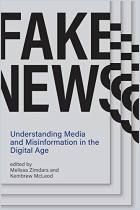
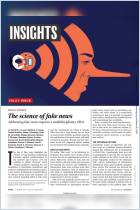
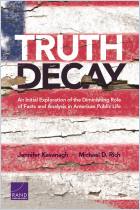
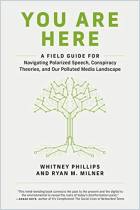
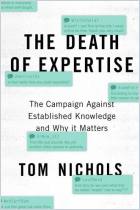



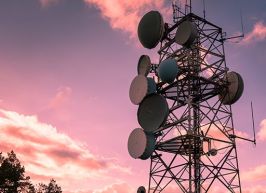


Comment on this summary or Start Discussion